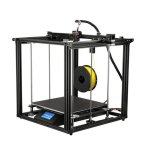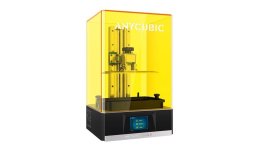

Get a Quote
Please fill in the form and we will get back to you soon!
We appreciate you contacting iWave.
Our representative will get in touch with you soon!

Get in Touch
We appreciate you contacting iWave.
Our representative will get in touch with you soon!
Thank you for subscribing to our newsletter!
3D Printed Prototypes
iWave has in-house 3D printing capability for the testing and validation of design mock-up. This will reduce many iterations of design and machined prototype thereby reducing the project schedule. The biggest benefit of using 3D printing for prototyping is to validate the design by checking fits and tolerances needed in conceptual stage of design itself.
3D printers help the designers to make quick design with high level of accuracy and ability to bring strategic decisions. iWave primary aim is to deliver high quality design parts from prototype to production.
3D Printing Enclosure Prototyping


- 3D printing helps rapid prototyping, Design can be modified without adversely affecting the end manufacturing process. A physical prototype can be tested and if flaws are found, the CAD file can be modified and a new version printed and checked by the next day.
- 3D printing allows the step-by-step assembly of the part or product, which guarantees enhancement of the design and better quality products.
FDM 3D Printing
In FDM technology the component is made by depositing melted plastic onto a build platform layer by layer, completing the model as per the 3D CAD file. The FDM process uses the thermoplastic polymers and is ideal for cost effective small batch production. Some commonly used materials for the FDM process are PLA, PETG, and TPU (Flexible filament).

SLA 3D Printing

SLA 3D printing process creates objects by vat photopolymerization of a polymer using a UV laser. This process leverages photosensitive thermoset polymers, and this method is best suited for manufacturing components with higher dimensional accuracy. iWave uses cost-efficient Anycubic standard series resins for SLA prints. Customer specific resins can also be adopted as per requirements.
iWave is an embedded systems engineering and solutions company, designing solutions for the Industrial, Medical, Automotive and Avionics vertical markets, and building on our core competency of embedded expertise since 1999. Read More…
Support
Quick Link
Newsletter
Copyright © 2022 iWave Systems Technologies Pvt. Ltd.